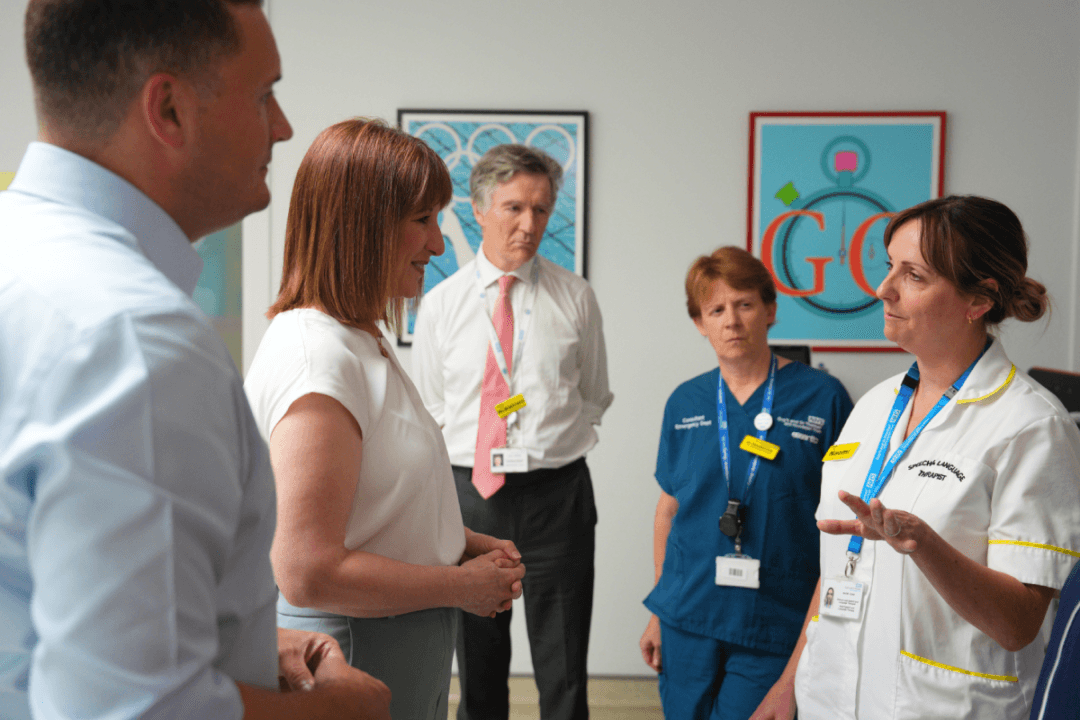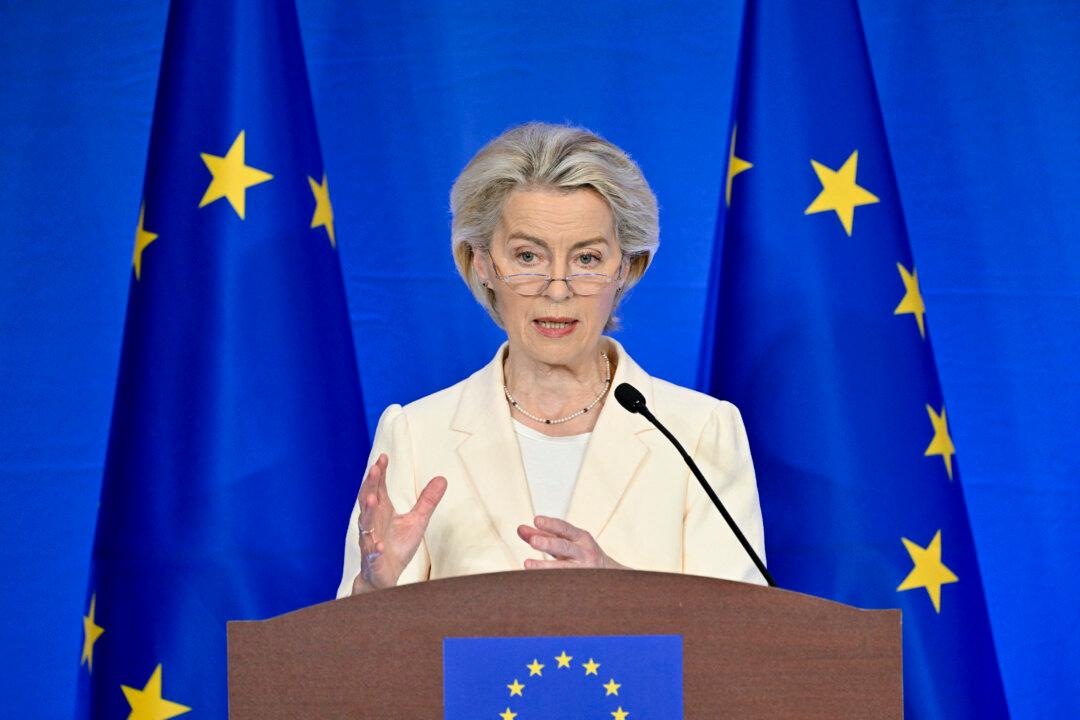The UK is turning into a “National Health State,” the Resolution Foundation has said, after Chancellor Rachel Reeves announced a £29 billion annual increase in NHS funding.
On Wednesday, the chancellor announced a record £29 billion funding injection, which the Treasury said will deliver on the government’s promise to cut waiting lists, improve patient care, and modernise services.
Resolution Foundation Chief Executive Ruth Curtice said in a statement, “Health accounted for 90 per cent of the extra public service spending, continuing a trend that is seeing the British state morph into a National Health State, with half of public service spending set to be on health by the end of the decade.”
£6 Billion to Speed up Tests and Treatments
After the Spending Review, Reeves announced that £6 billion of the allocated funds will be used to deliver up to four million additional NHS tests, scans, and procedures over the next five years.This will be spent on ambulances, new scanners, increasing diagnostic centre capacity, and more Urgent Treatment Centres.
The government will also invest £30 billion in day-to-day maintenance and repair of the NHS estate, with over £5 billion allocated for critical repairs over the next five years.

Under the Plan for Change, the government has promised that 92 percent of treatments will be carried out within 18 weeks.
However, industry professionals have expressed scepticism that this target can be met.
Matthew Taylor, chief executive of the NHS Confederation, said that while the funding boost is welcomed, “difficult decisions will still need to be made as this additional £29 billion won’t be enough to cover the increasing cost of new treatments, with staff pay likely to account for a large proportion of it.”
“So on its own, this won’t guarantee that waiting time targets are met,” he added.
‘Confident’ Target Can Be Met
Sarah Woolnough, chief executive of the health care think tank The King’s Fund, said, “It is hard to see how all the things [Reeves] mentions—faster ambulance times, more GP appointments, adequate mental health services, and more—can be met by this settlement alone, particularly when large parts of this additional funding will be absorbed by rising costs, such as the higher cost of medicines which are currently being negotiated, and staff pay deals.”She said: “We’ve already delivered around three-and-a-half million additional appointments since we came to office last July.
NHS Waiting List Falls
The latest NHS data published on Thursday revealed that the waiting list for treatment has fallen to its lowest level in two years.The number waiting has fallen to 7.39 million treatments at the end of April, down from 7.42 million at the end of March.
The health service said that patients are being seen faster owing to the NHS’s productivity drive, which has seen hospitals working differently, more evening and weekend appointments, and GPs and community services delivering more appointments.
The average patient waiting time for planned treatment has also fallen to the lowest level since July 2022 (13.3 weeks). This was despite services facing higher demand, with 2.3 percent more patients being added to the waiting list per working day on last year.
Health and Social Care Secretary Wes Streeting said, “This is just the start.”
He said, “We are putting the NHS on the road to recovery after years of soaring waiting times, by providing record investment and fundamental NHS reform.”
“We’ve delivered millions of extra appointments since July, we are pushing on with our mission to get the NHS working for patients once again as we deliver our Plan for Change,” Streeting added.







